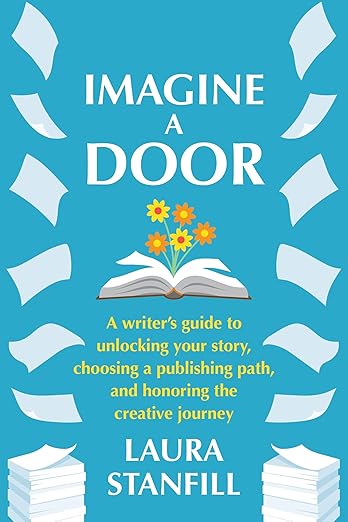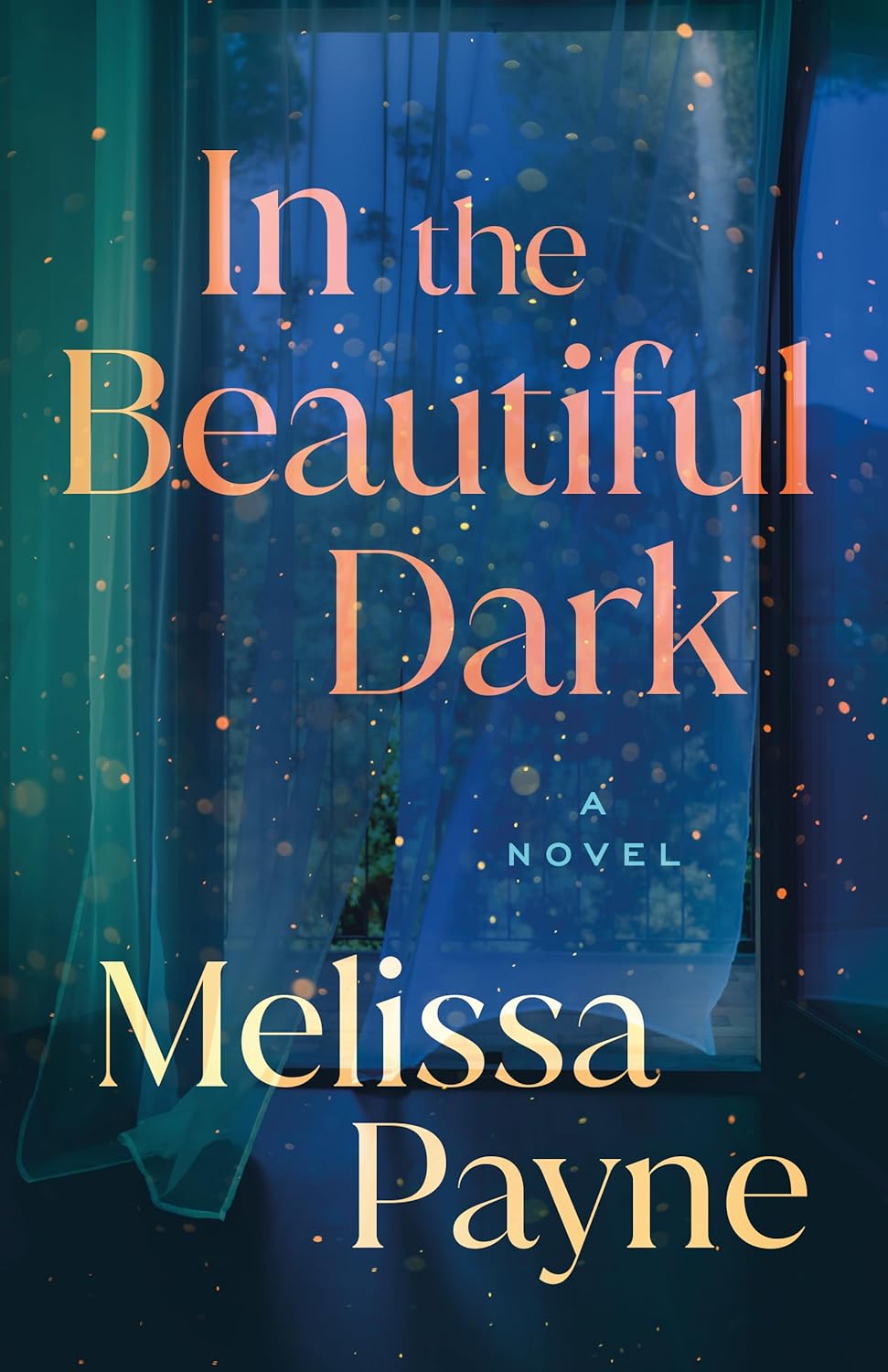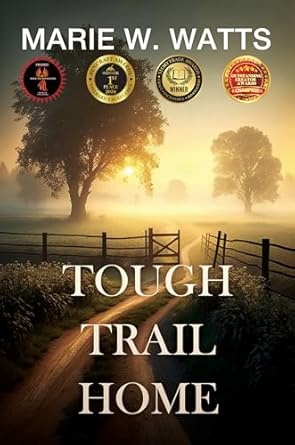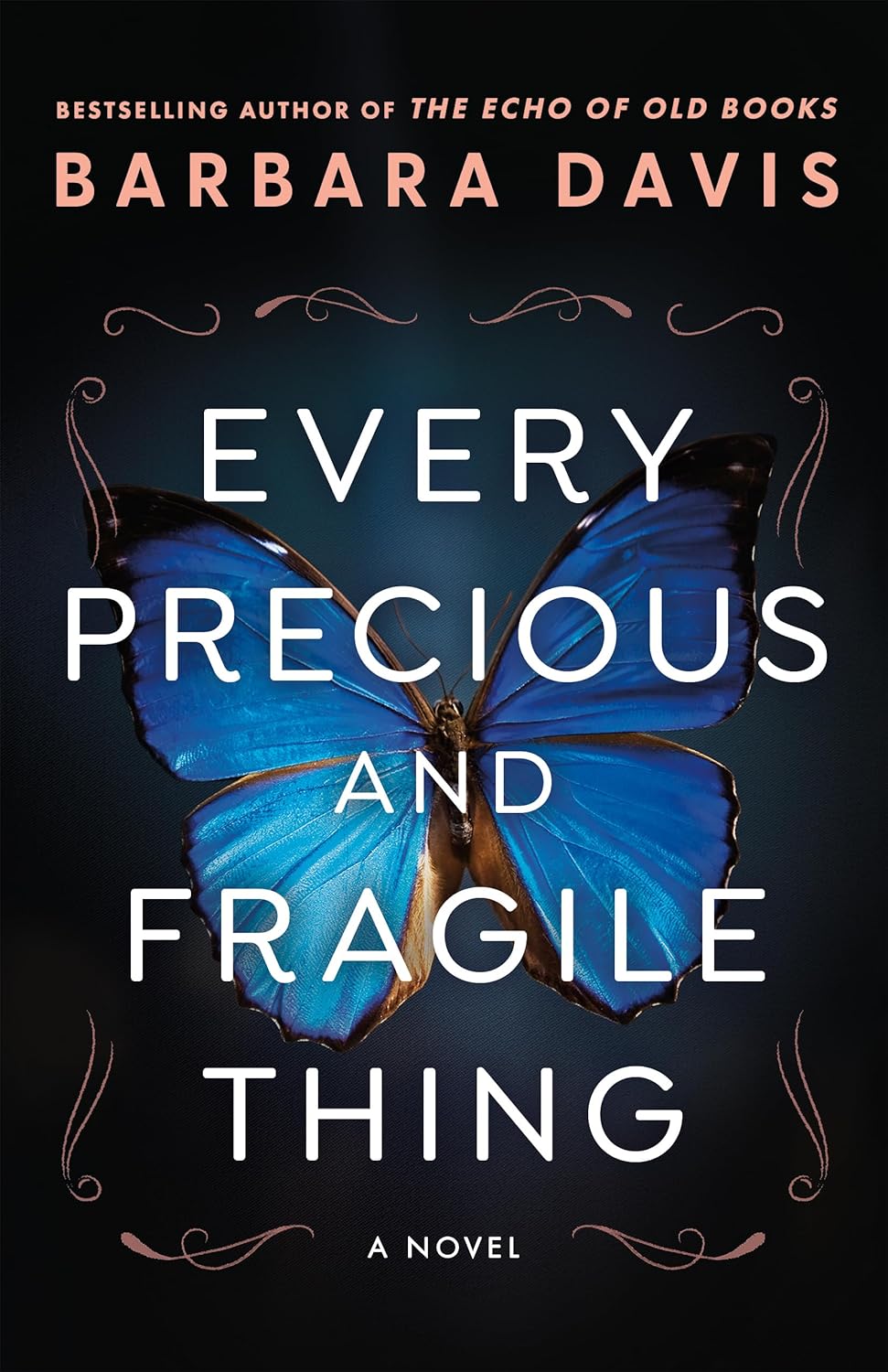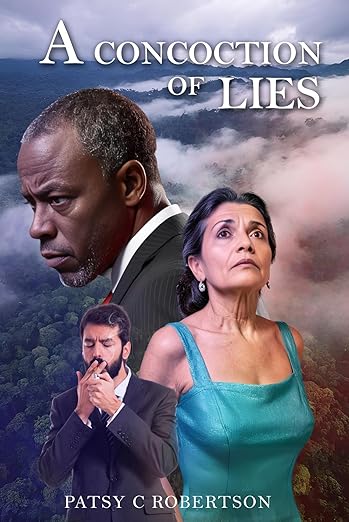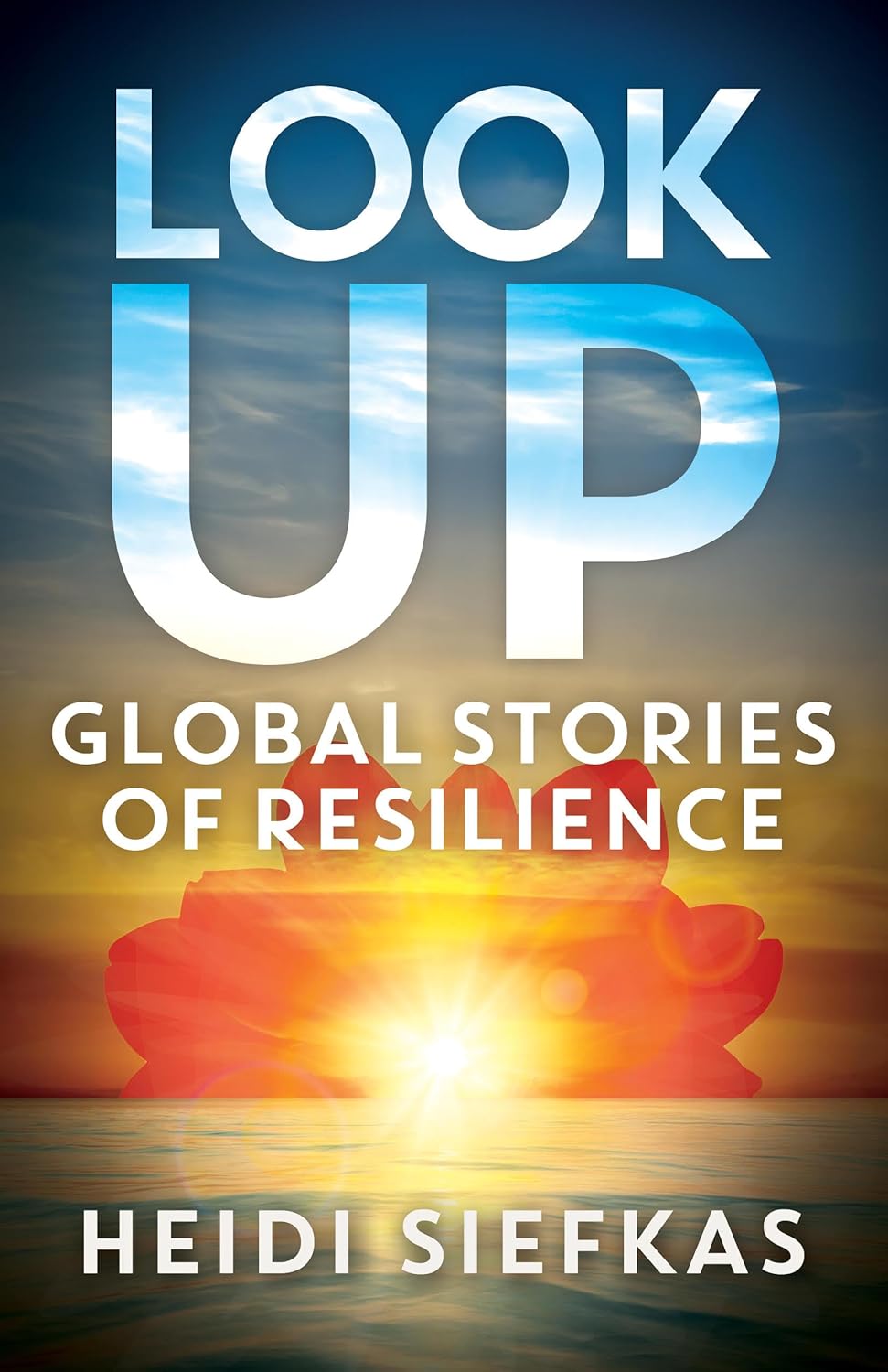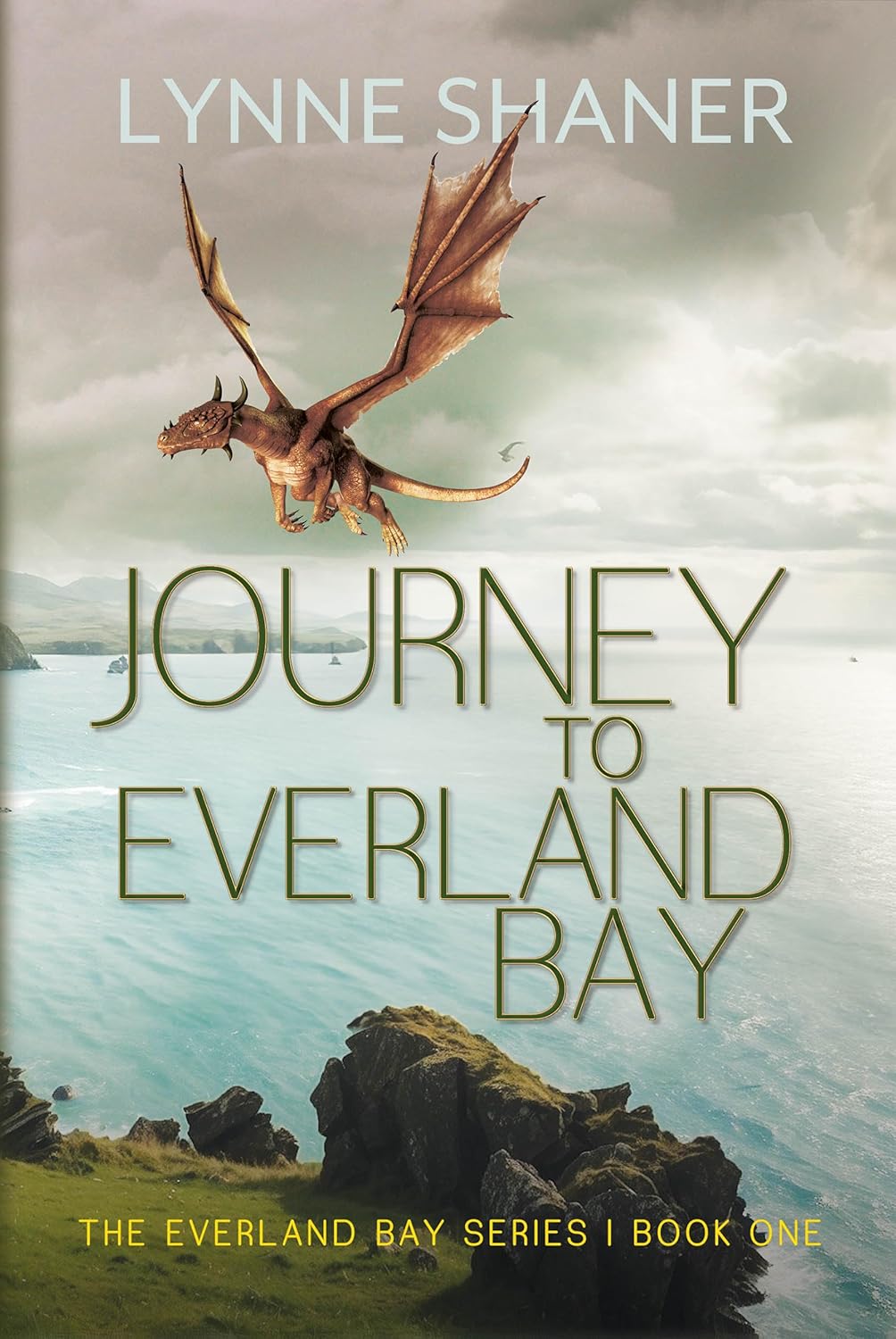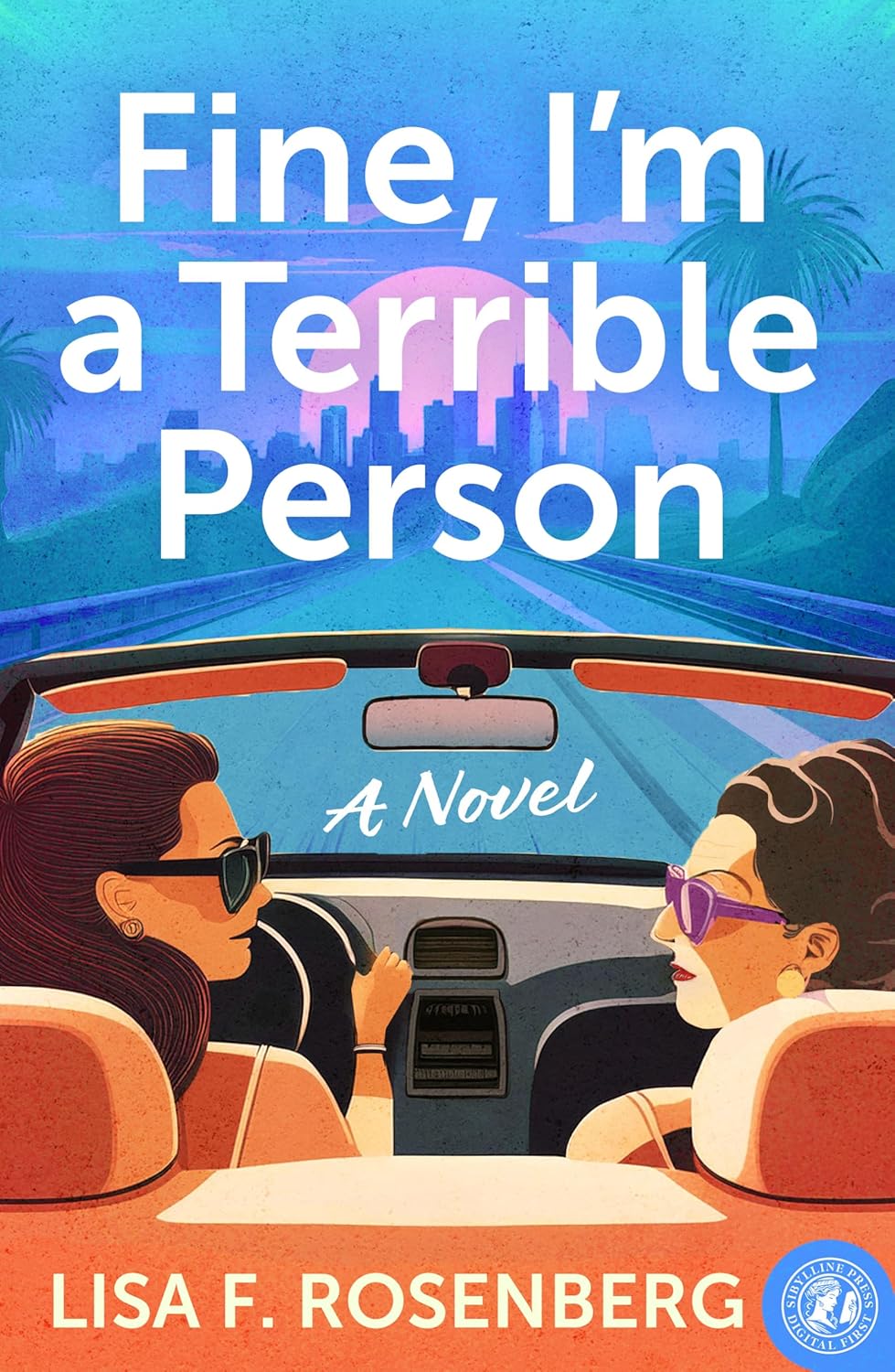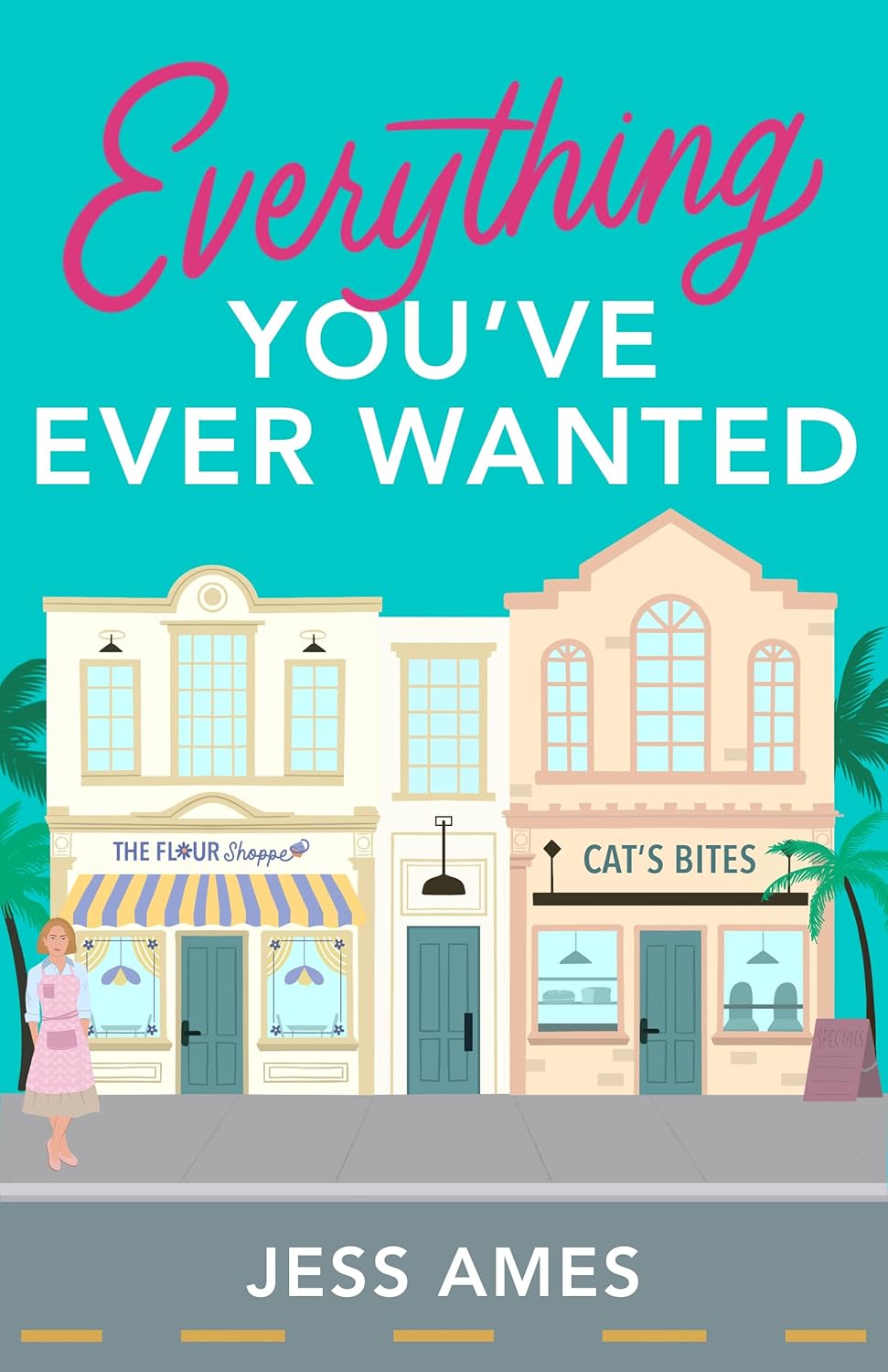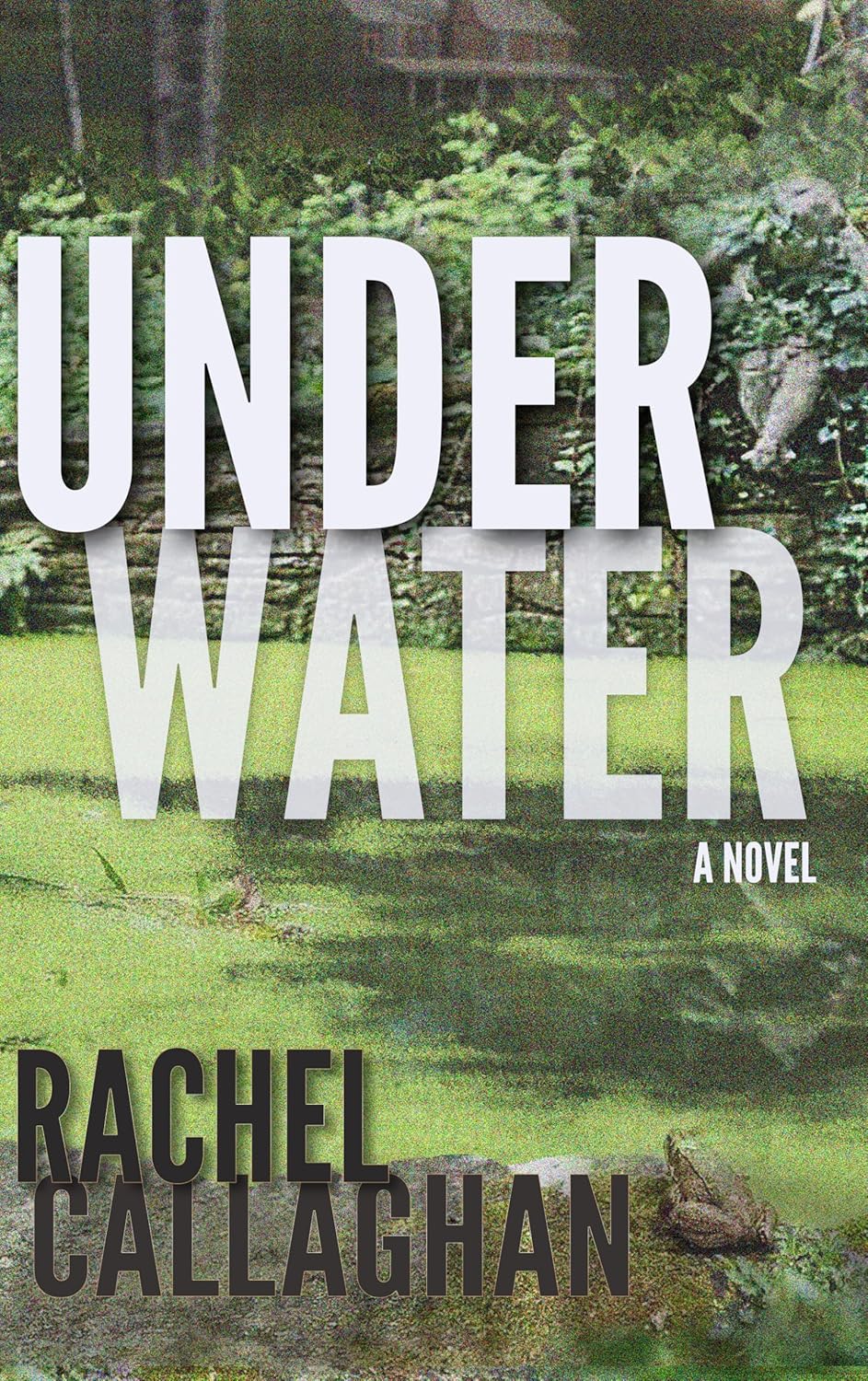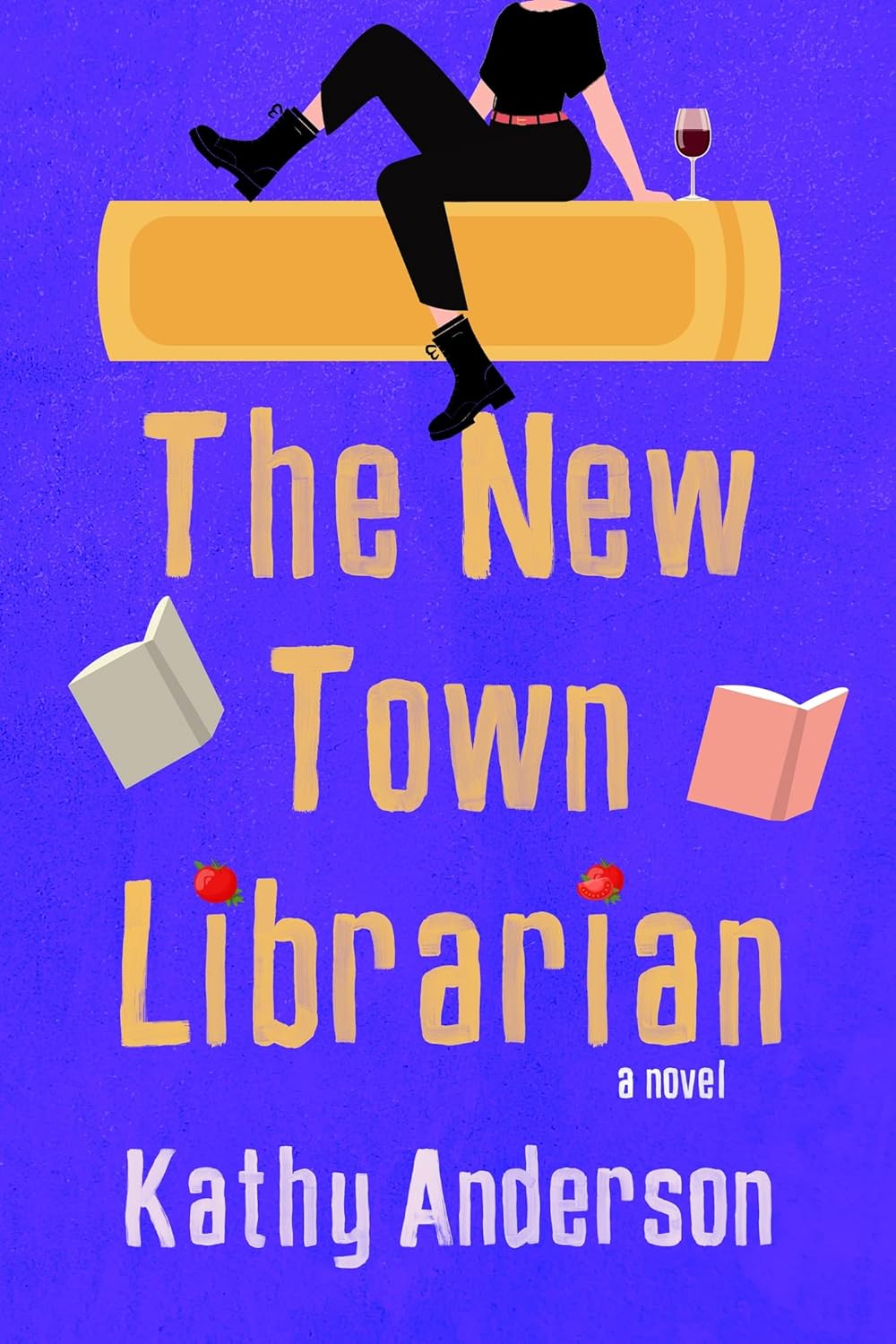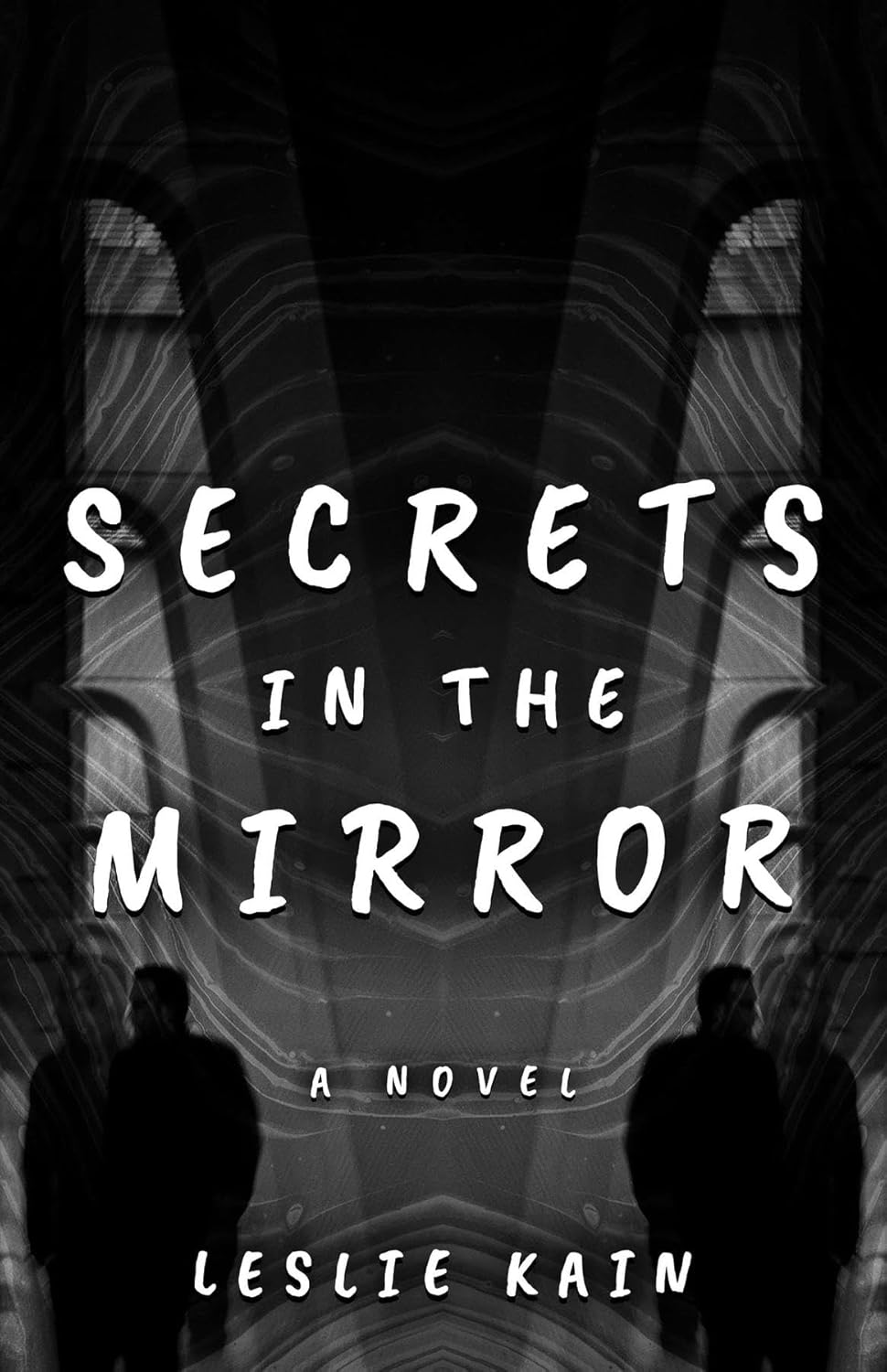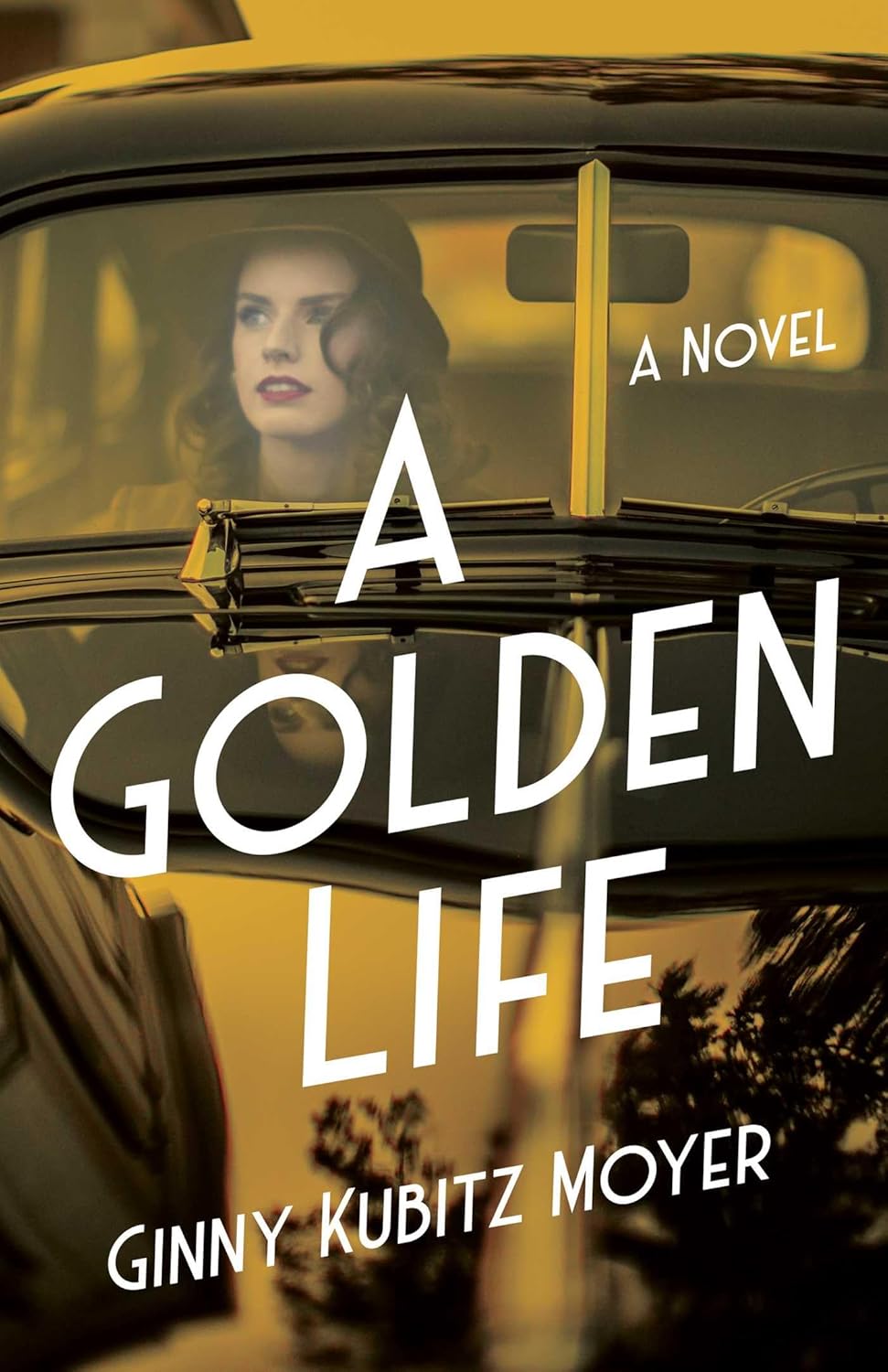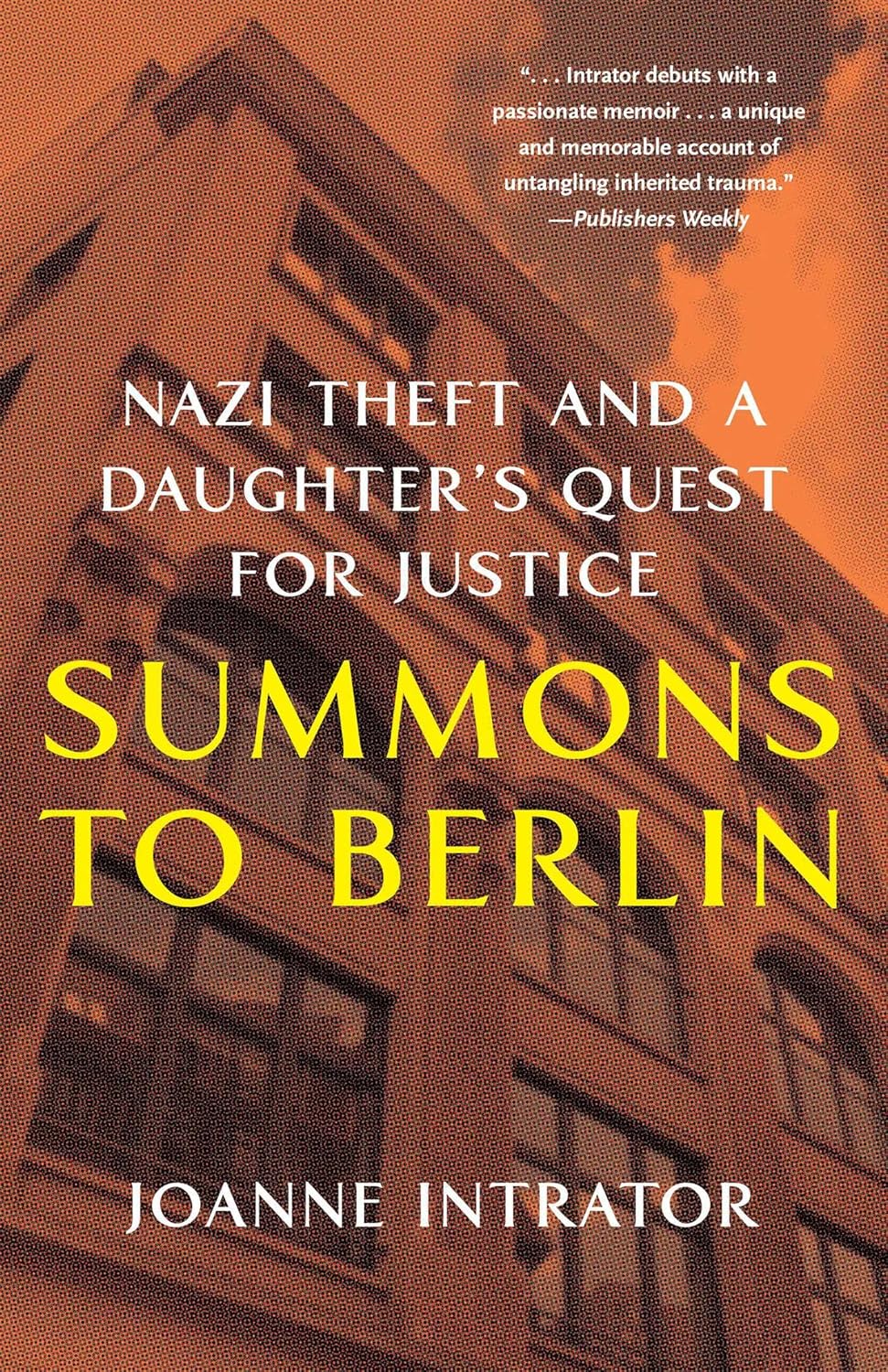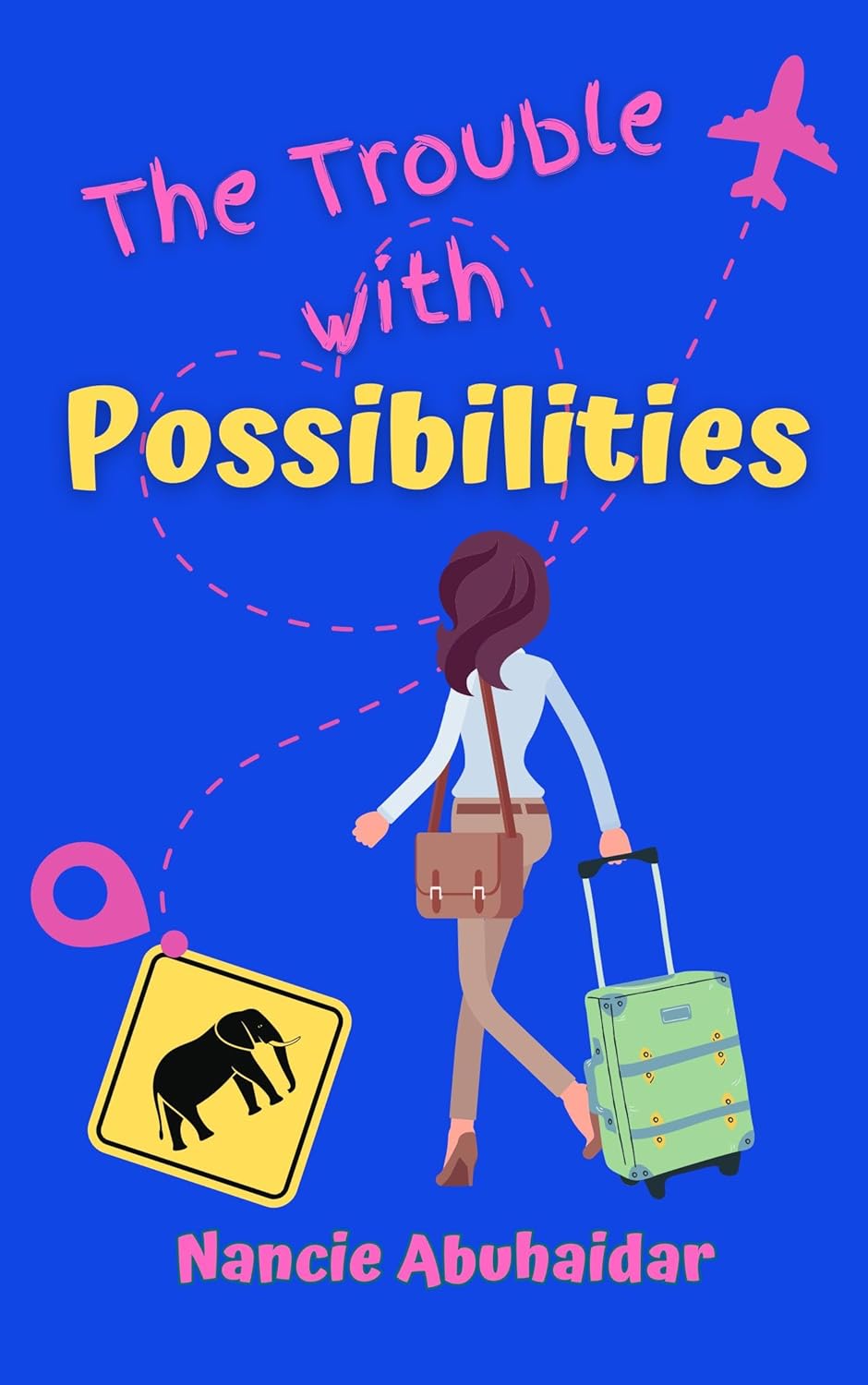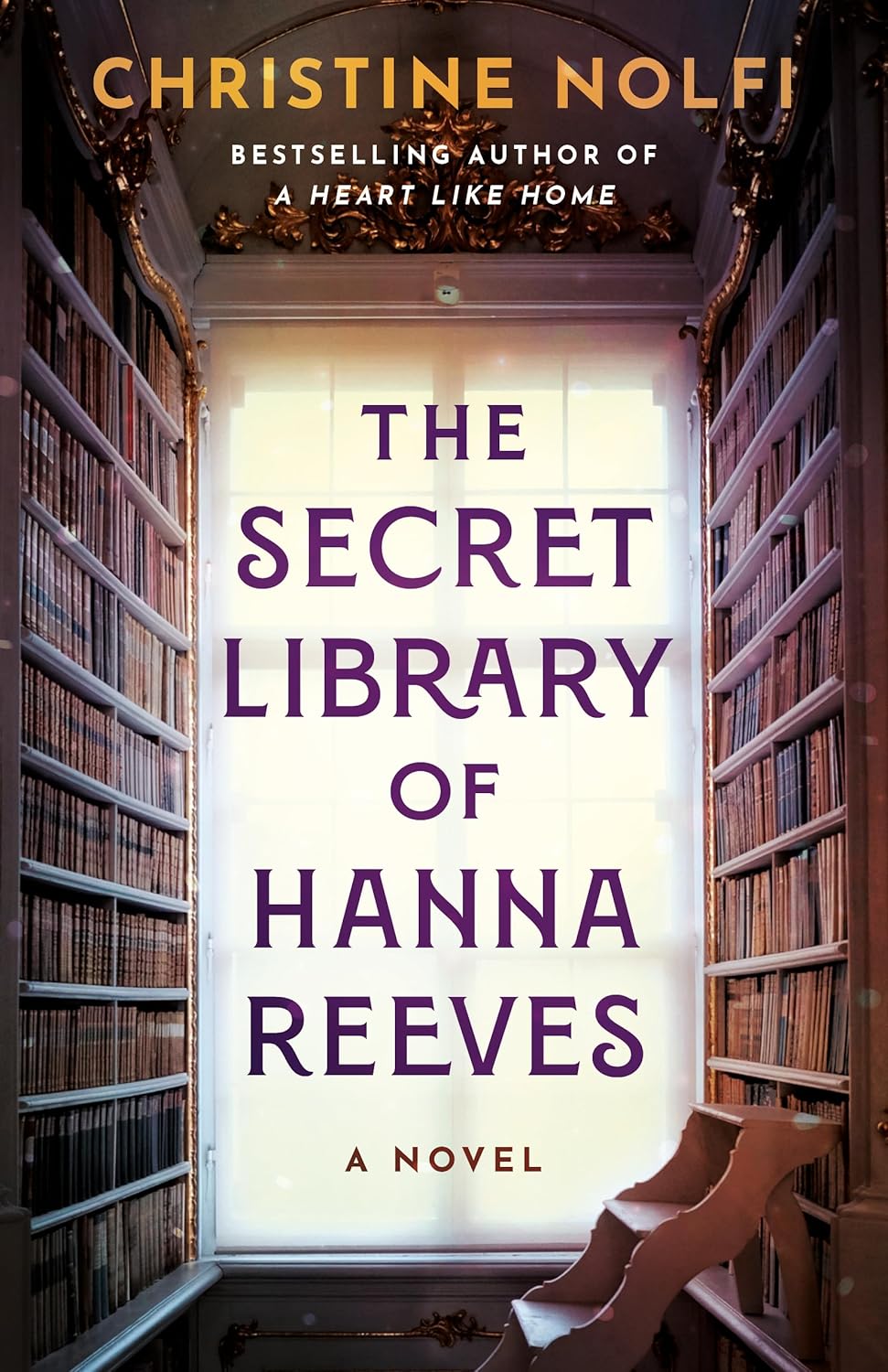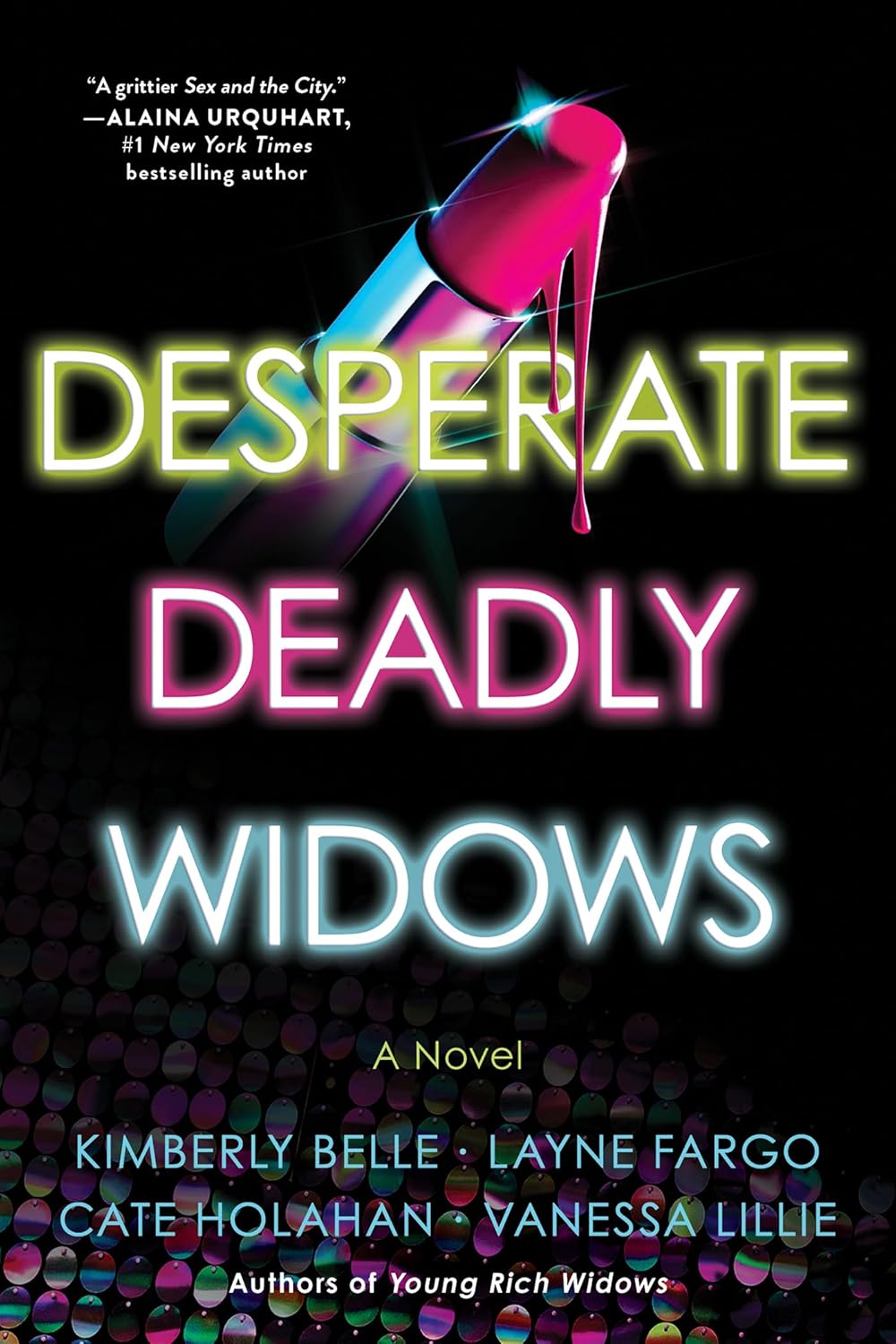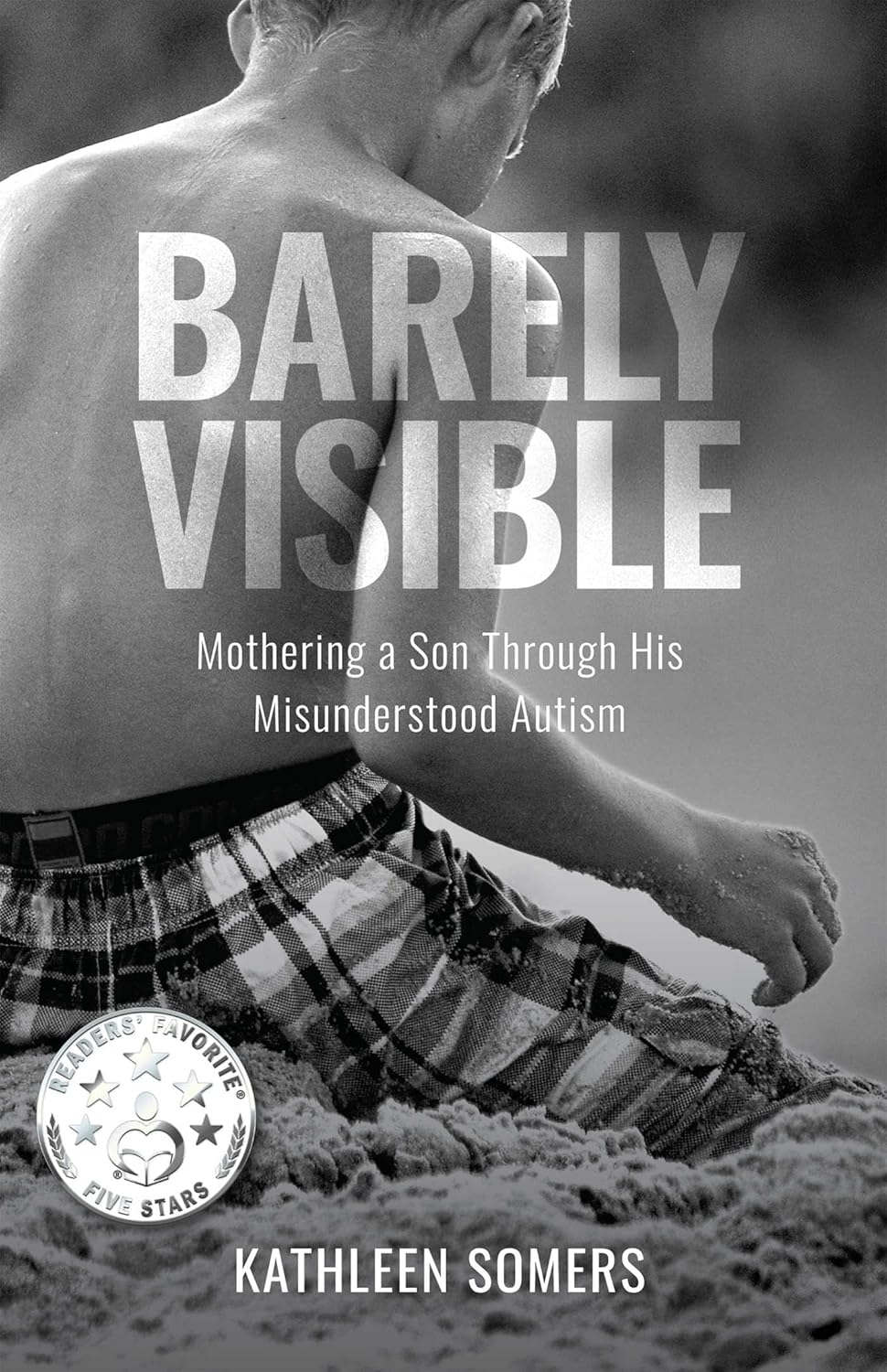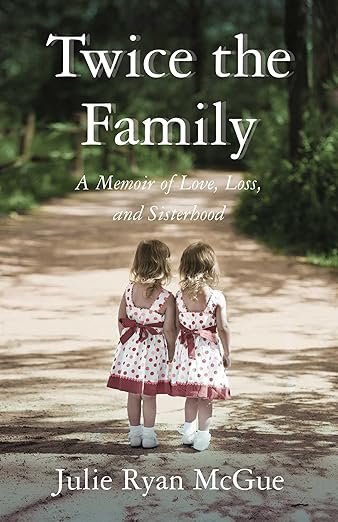Six Things I Learned Watching Outlander
By Valerie Taylor, author of the Venus Bixby Mystery Series
Raise your hand. Have you ever said, “The book was better than the movie”?
When it comes to Outlander (book by Diana Gabaldon), I’m in no position to compare one format to the other. I am not one of the more than 50 million people (as of 2021!) who’ve read even the first book in the series. I will admit, though, it’s sitting on my shelf along with a whole host of other books I plan to read. Someday.
Nevertheless, I am one of the more than one million people who streamed each episode of Season One, got hooked, and then continued on. Since I was curious, I did a little math. Thus far, there have been seven seasons, with a total of 91 episodes. While some seasons have been more popular than others, it’s not out of line to estimate that episodes of Outlander have been watched more than 45 million times. That doesn’t mean 45 million unique viewers, but however you look at it, that’s still a lot of eyeballs.
Fifty million readers. Forty-five million viewers. I imagine many of them have an opinion as to whether the book was better than the movie!
It was during Season 7 that I had a eureka moment. Maybe it was because I’d just finished writing my fifth novel and all of the elements required to craft a story were fresh on my mind. Or maybe it was because I knew the Outlander characters so well, I was able to take a step back and analyze what I had been watching over the last several years.
Easily I realized what I was watching was an amazing story that contained the same components as best-selling novels. With this refreshed point of view, I put on my author hat and learned, or confirmed, the following.
Not all seasons, or episodes, in a series are exceptional, nor do they need to be. Whether a book, movie, or television series, the first episode is often the best of the bunch. Think of Harry Potter and the Sorcerer’s Stone by J. K. Rowling, The Hunger Games by Suzanne Collins, or The Fellowship of the Ring by J. R. R. Tolkein. No matter the platform, the debut or pilot of each of these hit it out of the park, hooking us with their imaginative world building and cast of curious characters. We wanted more. Outlander is an example of that. Season One of the TV show was a winner, and while the remaining seasons had their ups and downs, Outlander continued to succeed because viewers had a vested interest in the story that began with Season One. It stands to reason then that authors who plan to write a series would be wise to make the first book the best it could be.
Characters drive the plot. In the first episode of Outlander, we meet a strong cast of characters that ultimately move the series forward. We’re introduced to Claire Randall and her husband, Frank Randall, together again after WWII. Once she travels back in time to 1743, we meet James “Jamie” Fraser (ooh la la) and his catastrophic connection to Jonathan “Black Jack” Randall. Though we learn a lot about Claire, as a nurse and feisty woman who can hold her own, it is the group of rebels and their clan that are essential to the main plot that is cast in stone, if you will.
With this broader cast, sub-plots easily form, providing fodder for future episodes. Sometimes you’ll hear readers say a novel had too many characters. Consider, though, that the author may have done that purposely if it was a mystery that needed multiple suspects, or they were planning on writing a series where a large supporting cast is essential to keep the plot moving and expanding.
Backstory or multiple timelines can triumph. You may have seen book reviews where a reader comments negatively about an author’s reliance on backstory. Often they say, it slows the story down rather than furthering it. Yet, Outlander rejects that notion not only in the first episode, but also for the entire seven seasons. After all, inherent in Outlander is time travel. Without it, there’s no story!
When an author does it right, readers experience a robust plot with well-rounded, realistic characters. More often than not, backstory embeds hidden truths, breadcrumbs or clues, that keep the reader turning the page. Think about it. Our lives are filled with backstory, aren’t they? Don’t you have a personal backstory? And when you’re engaged in a conversation for the first time, don’t you sometimes ask, “Tell me about yourself?”
Sex sells. Do I really need to say more? The intimate scenes in Outlander are legendary. If they offend a viewer, they can fast-forward (or close their eyes). Some people prefer movies that have G, PG, or PG-13 ratings or novels that are classified as “clean.” Such is the case with the sub-genre known as cozy mystery. Oh, there can be romance in cozies. After all, in the ABC Murders by Agatha Christie, Hercule Poirot suggested that “Romance can be a by-product of crime.” To aspiring authors debating how much sex to include in their novels, I’d say: Know your genre and your target audience.
If you’re into great dialogue, read the book. In all honesty, there’s quite a bit of dialogue in the TV rendition of Outlander that escaped me. Whether it was the Scottish brogue, its fast pace, or unfamiliar words, not catching all the dialogue didn’t prevent me from an enjoyable experience. Years ago when Grey’s Anatomy was its peak, I read an article about dialogue in medical drama series. The author acknowledged that as viewers we try to understand what’s going on in the hospital or in surgery, but suggested we really don’t need to. In fact, they maintained we weren’t supposed to understand the medical jargon at all.
We merely had to have a sense of the plot, what was going on between characters, and the emotional impact of the scene. As I watched Outlander, I recalled that article and curled up and let the story engulf me. If I really wanted to know what was said in those first few seasons, the book was on my shelf. Nevertheless, I believe if an author dreams of their novel being turned into a movie, writing believable dialogue would be a great place to start.
Does it matter if the book was better than the movie? What matters is the story. After all, when all is said and done, authors are storytellers. How we consume their stories is a personal preference. All we can hope is that they keep on writing and sharing with all of us and that we continue to be free to debate the question.
Published by Aspetuck Publishing in April 2025, Switched at Death is the second book in Venus Bixby Mystery series. It is available wherever you buy paperbacks and eBooks.
—
Switched at Death: A Venus Bixby Mystery
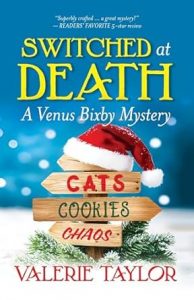 Second installment in the award-winning Venus Bixby Mystery series from Valerie Taylor, also author of What’s Not Said: A Novel.
Second installment in the award-winning Venus Bixby Mystery series from Valerie Taylor, also author of What’s Not Said: A Novel.
Thanksgiving weekend always marks the start of Christmas festivities in Chatham Crossing. But, this year, when the annual tree lighting ends in flames, this charming and usually joyful town finds little to celebrate.
After the town’s long-time, beloved mayor, collapses and dies at the scene of the tree lighting, nearly a week passes before details as to what actually caused his heart attack begin to emerge.
Preoccupied with the recent opening of her kitty daycare service, Venus Bixby thinks twice before getting involved in the investigation. But once her popular cookie bakery is linked to the mayor’s death, she has no choice.
As clues begin to surface, Venus grapples with the possibility that someone she cares about may be responsible for the mayor’s death.
Will Venus’s clever sleuthing be enough to save Christmas for this charming seaside town?
Includes cookie recipes and a playlist!
BUY HERE
—
Valerie Taylor lives in Connecticut and considers herself a typical “average Jane.” She might remind you of the reclusive neighbor who fancies herself a novelist. Unlike many of her peers whom she admires, she does NOT have a degree in literature. But she is the award-winning author of the romantic comedy trilogy: What’s Not SAID, What’s Not TRUE, What’s Not LOST. The roots of those three novels, as well as the first two books in the Venus Bixby Mystery series—A WHALE OF A MURDER and SWITCHED AT DEATH—most likely took hold during her early years watching Carol Burnett, Jack Benny, Red Skelton, and The Twilight Zone. Her love of oldies music stems from hours listening and dancing to Elvis Presley and The Beatles, and being in the Bobby Darin fan club.
Learn more at: www.valerietaylorauthor.com
Further notes:
Sign up for Valerie’s Substack: www.valerietaylorauthor.com/subscribe
Category: Contemporary Women Writers, How To and Tips




